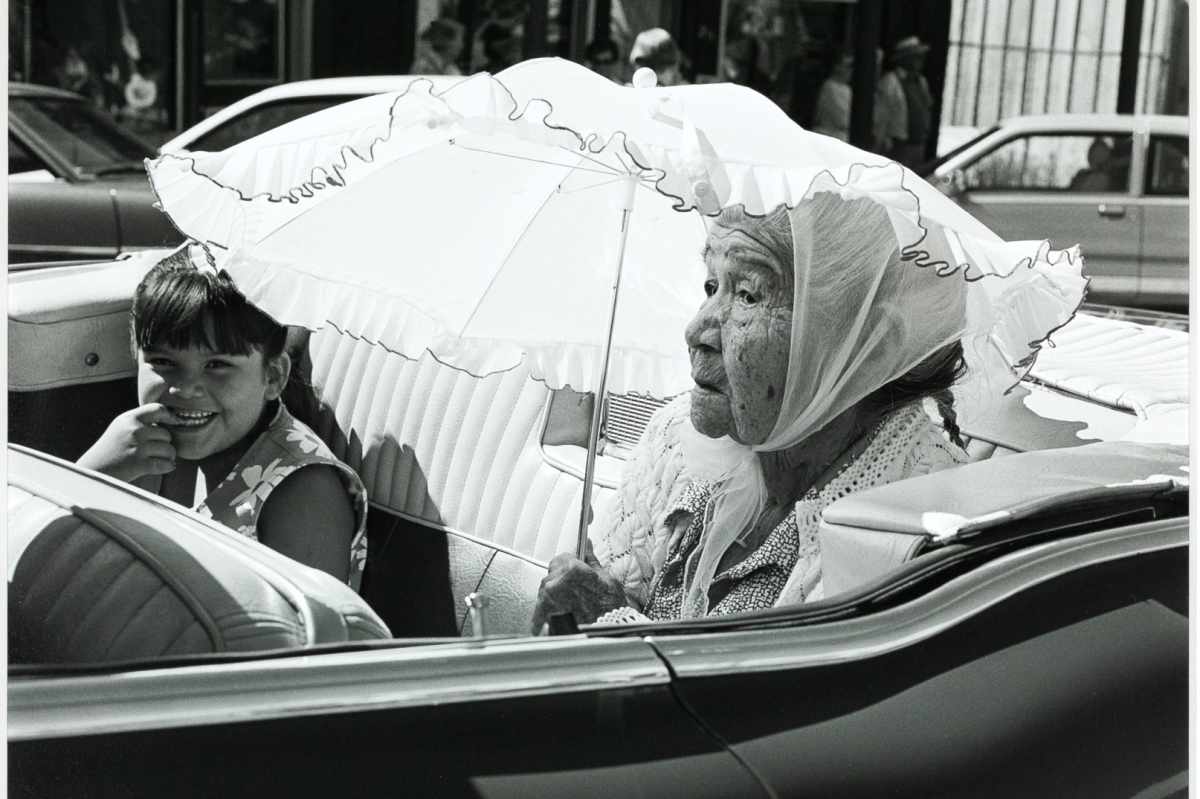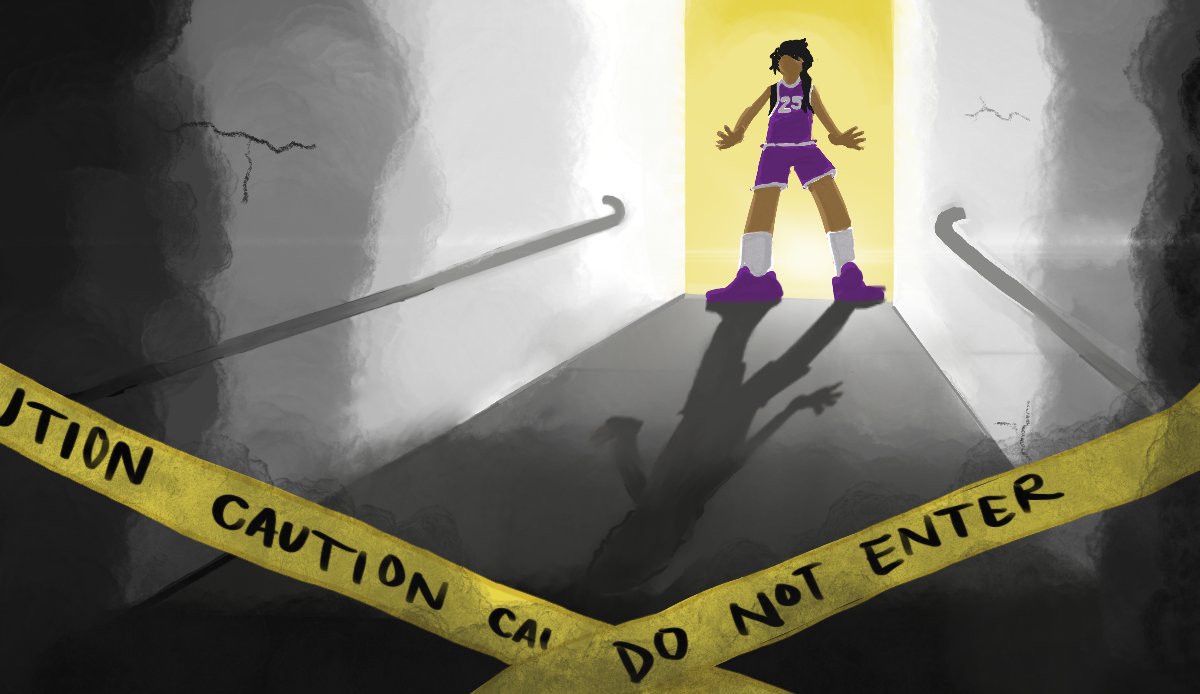 The Health, Safety, and Security Committee held an “Active Shooter Safety Training” in the Laney Forum on Feb 9.
The Health, Safety, and Security Committee held an “Active Shooter Safety Training” in the Laney Forum on Feb 9. Phyllis Carter, co-chair of the committee, began the presentation by educating attendees about services offered by the committee.
She informed the crowd that in order to keep students safe on campus, the committee’s safety escort service provides a police or campus safety aide escort to anyone who needs it. “They’ll even go with you to the BART station,” she said.
Later, Carter spoke about the cameras on campus, and an audience member asked, “Do the cameras even work?” She responded affirmatively that every camera on campus works besides those in classrooms.
 The cameras had been used to catch a student who had set a garbage can on fire, she said, as well as several thieves on campus.
The cameras had been used to catch a student who had set a garbage can on fire, she said, as well as several thieves on campus.Carter then introduced Alameda County Sheriff Derek Pope, a 20-year veteran of the police force and 14-year SWAT team officer. He attempted to describe the profile of an individual who might harm someone, using several examples of past active shooter situations’, saying it’s something that “happens so often it’s not newsworthy anymore.”
Pope defined an active shooter situation as one where an individual has harmed people with a firearm and plans to inflict more harm.
Withdrawn personality, fidgety movements, and bulging veins were some of the examples he used as tendencies of the average active shooter.
An audience member commended the sheriffs’ quick response to a Jan. 23 incident involving a student on Laney campus with a loaded firearm in his car.
According to Officer J. Linares, who was questioned about the episode after the presentation, the individual illegally parked near the Welcome Center and was subsequently approached and questioned by nearby sheriffs.
 The suspect’s odd behavior led the officers to search the car, where they found a loaded .44 caliber handgun. The individual was taken into custody.
The suspect’s odd behavior led the officers to search the car, where they found a loaded .44 caliber handgun. The individual was taken into custody.Pope then showed the assembly “Run, Hide, Fight,” a video produced by the Department of Homeland Security to educate the public on actions to take during an active shooter situation. The video advised viewers to flee the scene if possible, and encouraged others to leave as well.
If running is not possible, the narrator said, find a place to hide. He stated that the ideal place to hide is in a closet, underneath a desk, or in a barricaded room, with silenced voices and cell phones.
The video advised that the best way to survive a physical encounter with a shooter is to fight. Fighting tactics include hitting the individual on the head with a heavy object, grabbing the gun and pointing down, and piling onto the shooter.

























